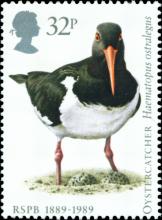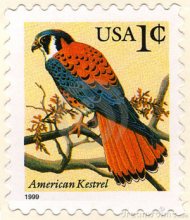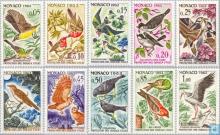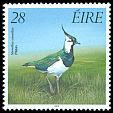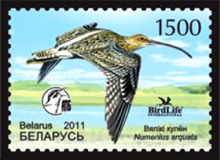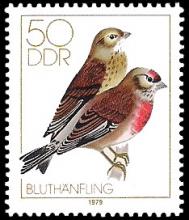Oystercatchers down at Scotland’s important estuaries
The latest counts collected by Wetland Bird Survey (WeBS) volunteers reveal the continuation of a sharp drop in the number of Oystercatchers wintering in Scotland. Having steadily increased during the 1980s and 1990s, numbers of Oystercatchers wintering in Scotland have declined at an even more rapid rate in the last ten years. The declines in Oystercatcher numbers include the most important sites in Scotland, such as the Solway Estuary, where the peak count of just over 21,000 birds in 2010/11 was the lowest for 25 years. Oystercatcher (Haematopus ostralegus) and Ringed Plover (Charadrius hiaticula) are now at an all-time low across the UK as a whole having declined by 25% in the last 25 years.

